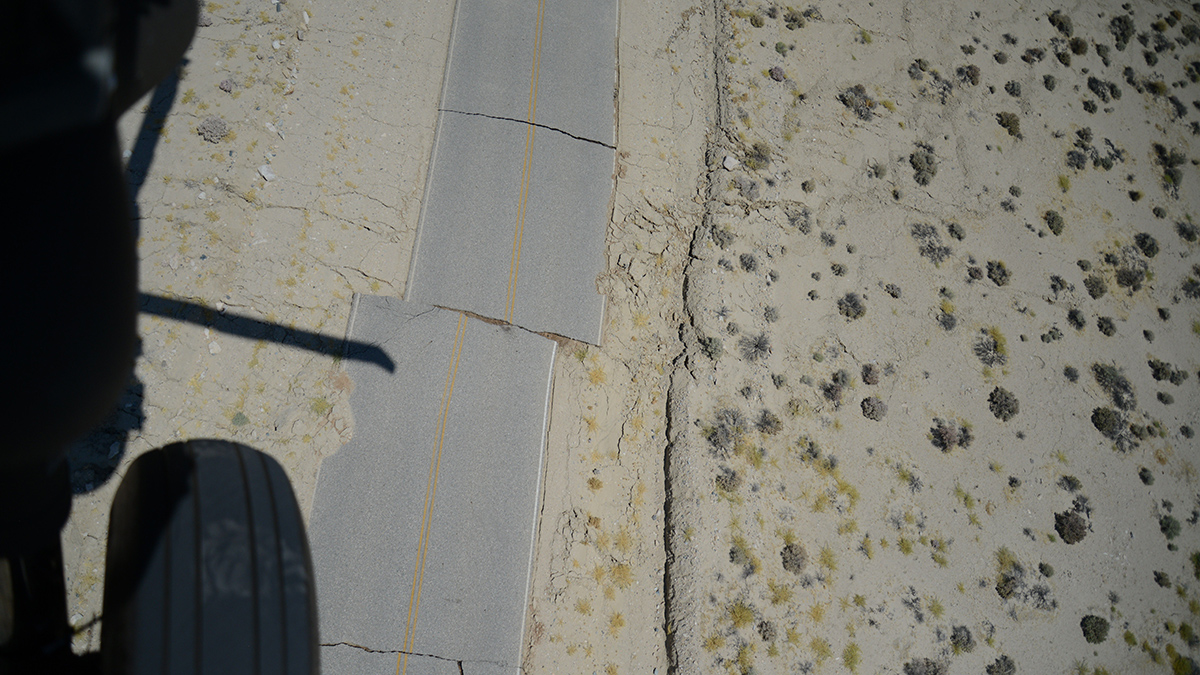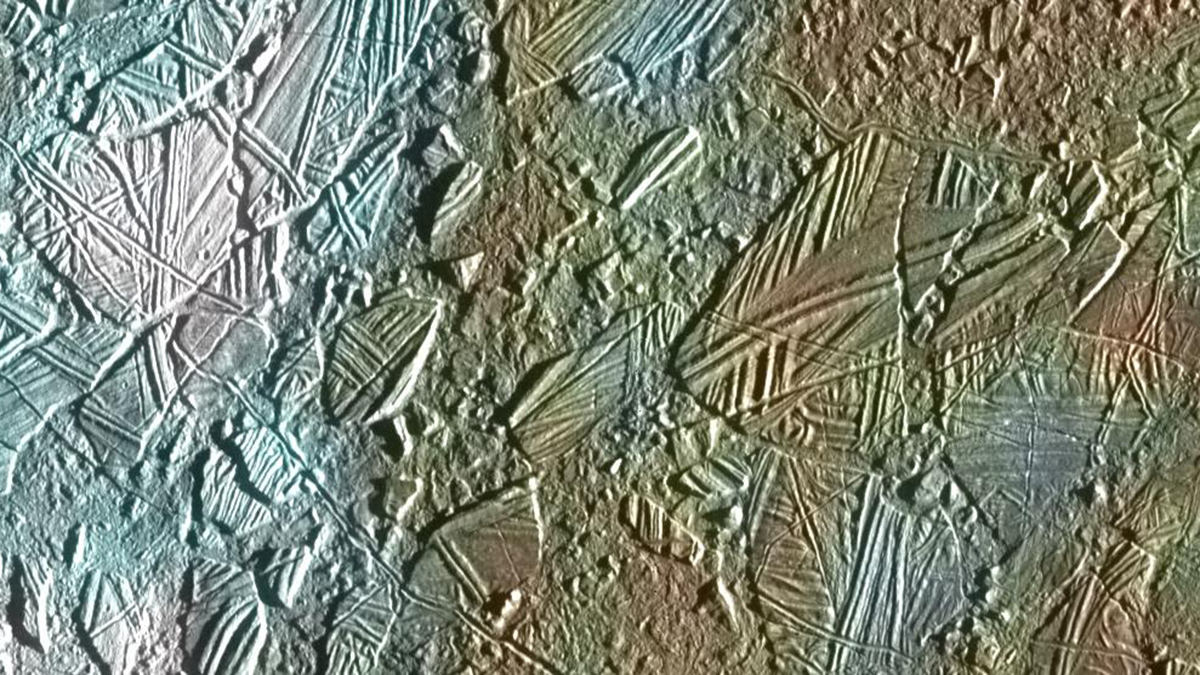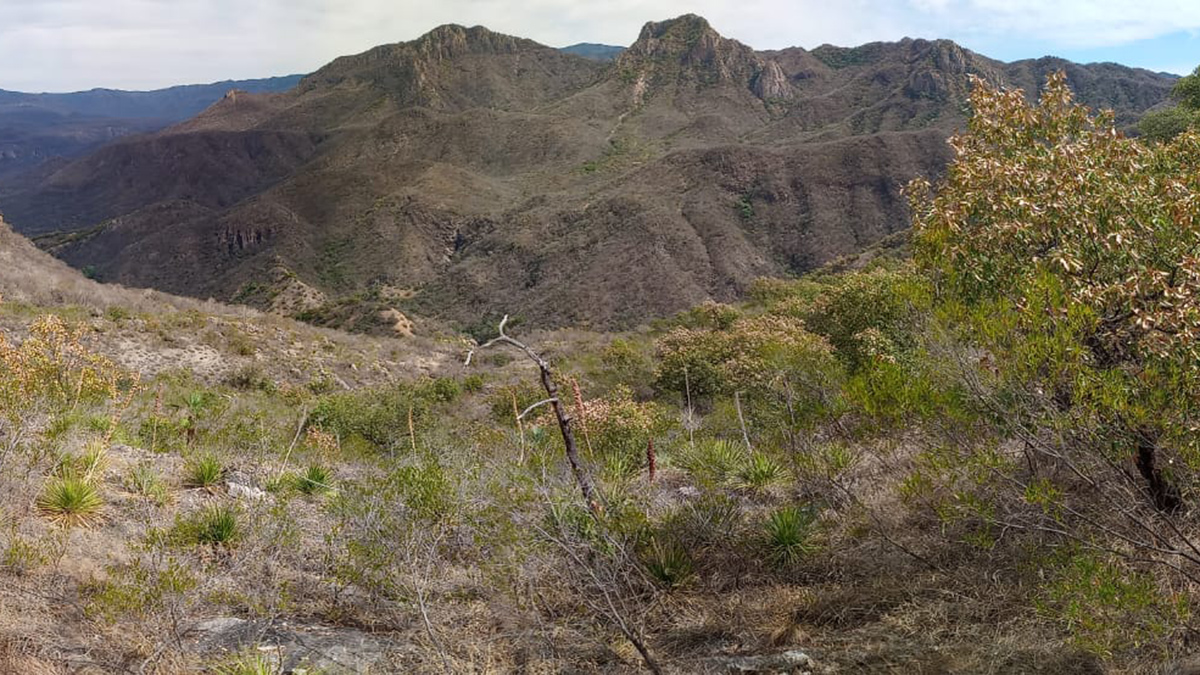Spotting foreshocks for what they are could help seismologists forecast large earthquakes.
News
Subsurface Oceans Could Boost Exoplanet Habitability
Researchers have shown that oceans buried below layers of ice are more common than previously thought.
Herbivore Diversity Helps Maintain Arctic Tundra Diversity
A long-term experiment in southwestern Greenland reveals that the presence of musk oxen and caribou helps stave off declines in Arctic tundra diversity brought on by climate change.
Farming Is Intensifying Floods in the South American Plains
The replacement of native vegetation by crops has raised groundwater levels in the Pampas, a new study suggests.
Understanding an Extreme Weather Event with Science and Local Knowledge
Researchers in Mexico integrate science and community knowledge to assess the ecological and social impact of an extreme frost.
A Massive Landslide Beheaded One of the World’s Highest Peaks
Annapurna IV toppled in a Himalayan landslide, and scientists finally figured out when and how it happened.
Drought Leads to More Fossil Fuel Emissions
Hydropower lost in one area is often replaced by fossil fuel power produced elsewhere—and renewable energy sources may struggle to meet electricity demands caused by more frequent dry spells.
Precisely Synced Clocks Pave the Way for New Science
Researchers working on Hawaiian mountain tops precisely synchronized two clocks with unprecedented efficiency, demonstrating the potential to create networks of such clocks for geodesy and more.
Air Pollution Increases COVID-19 Risks
A crop of new studies shows that exposure to air pollution adds days to hospital stays and increases the likelihood of death from COVID-19.
Dramatic Flyby Confirms That Mercury’s Radioactive Aurora Touches the Ground
Data collected by the BepiColombo spacecraft traces the causes of the strange aurora, which course through the planet’s weak magnetosphere.










